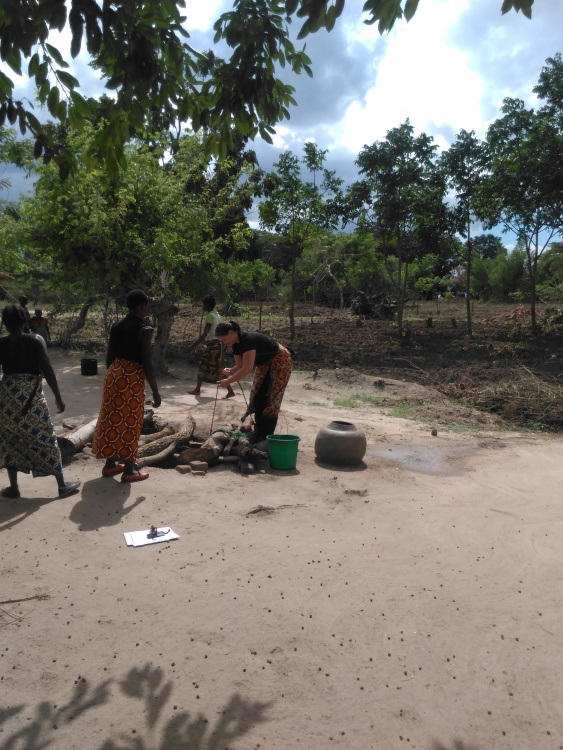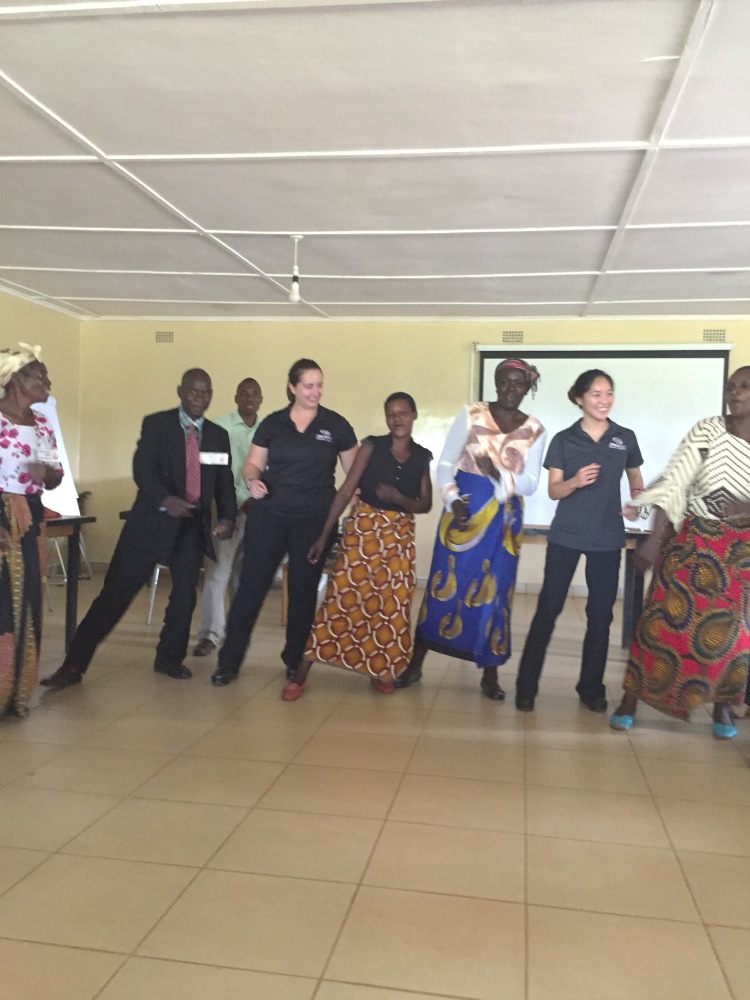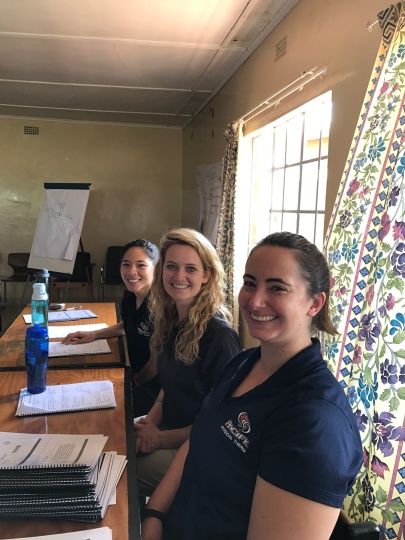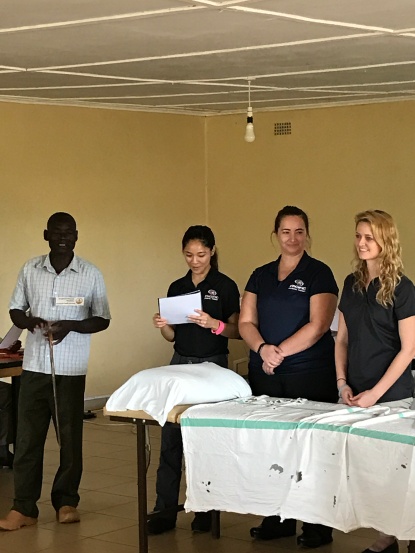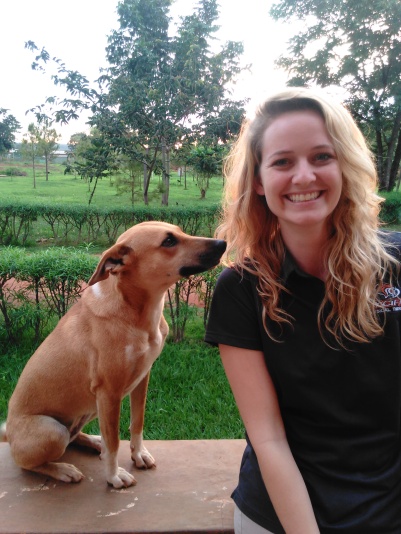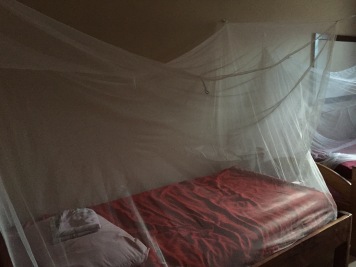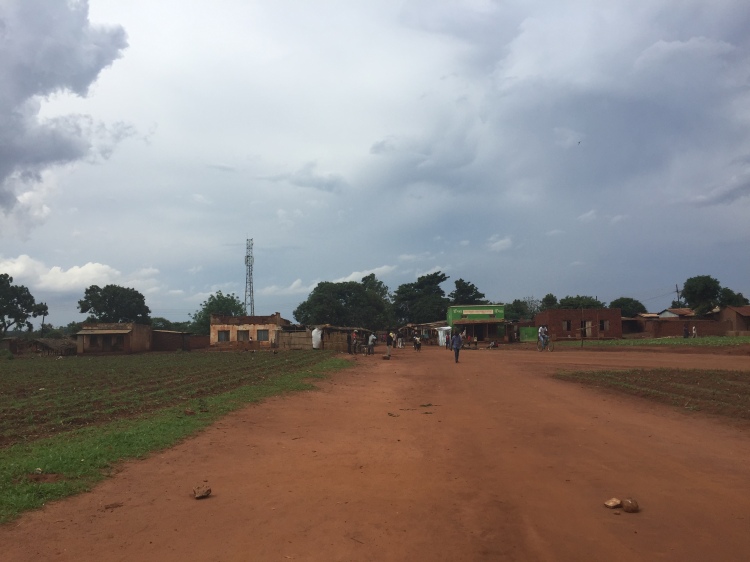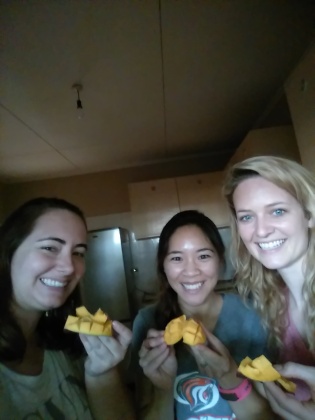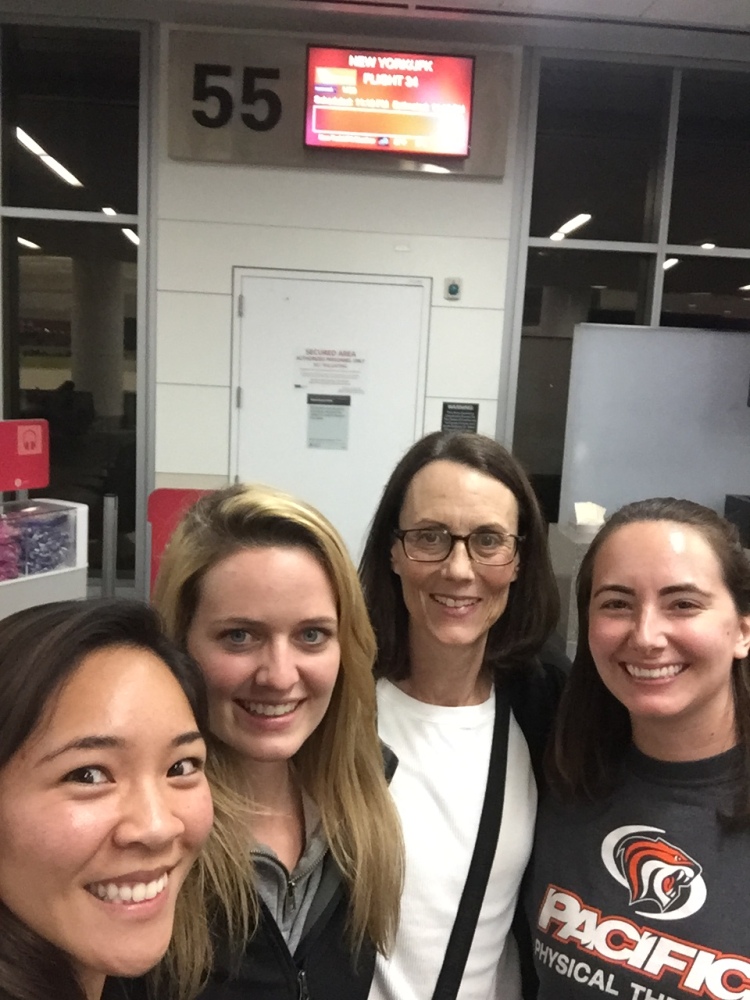“Stories”
This last week has flown by…we have been so busy with our patients and each day we are stopped several times in the hallways by one of the physicians telling us about a new patient that would benefit from physical therapy or “fizio”. We have finally found our rhythm here at St. Gabriel’s and now it is time to go home…and leave Dr. Nesbit all by herself with all of our patients! We have all grown as therapists and as people from this experience, and our patients have imprinted on us on both an intellectual and an emotional level. We want to share some of their stories:
Mr. N
This was our very first patient, who we treated for weakness on one side and neglect due to a stroke several weeks prior. He had been in the hospital for two weeks before he was referred to us. When we first started working with him, he had a very flat affect, had difficulty following one step commands, and he could not sit at the edge of the bed without assistance. Within a week and a half, he was walking with a cane as well as support from his caregiver, smiling and sitting up on his own when we walked into his room, teasing and joking with CJ constantly, and able to perform transfers independently. He has been a joy and an inspiration to work with and to witness such accelerated progress not only in terms of functional mobility, but with regards to spirit and personality as well. He wants to return to his village as soon as possible and we are confident he will get there soon.
Elisabeth
One of the best parts of being a PT is getting to hear about our patient’s lives through stories. It allows us to be reminded of the human aspect of patient care. We have heard amazingly wonderful and hope-filled accounts of their lives but also face emotionally devastating stories from our patients. Elisabeth was one of those patients who we only got to see for one hour one afternoon. She was with her father who had brought her to the hospital after actively laboring for several days at home in her village. The difficult birthing process resulted in the death of her child and numerous health outcomes, which without medical attention, would result in negative social implications for the 16 year old. As difficult as it was to hear about our patient and her heart-breaking story, the soft-spoken teen was willing to exercise in order to improve her pelvic alignment as well as her gait economy. All of us were deeply touched by her sweet disposition and the caring heart of her father. Elisabeth taught us how a patient is more than their medical/physical therapy diagnosis. There is always a story to be heard.
The Little Artist
We met this patient in the hallway of the FCCU…he was a chubby, adorable toddler tucked securely onto his grandmother’s back with her colorful chitinje. We found an empty room and settled onto the floor, and then she showed us his hands. He had some of the worst contractures any of us had ever seen. He was burned in a fire when he was 3 months old and his hands had healed into fists. One hand had recently been surgically released and the other hand was scheduled for a similar procedure in a few months. Our role was to prevent the surgically treated hand from reforming a contracture. We used what we had available to us to create a splint: a toilet paper roll, a small plastic bag, and a pair of latex gloves. He was a very quiet and cooperative patient and seemed to really like his new splint. His grandmother told us that he really wanted to go to school although it was hard for him to hold a pencil. In order to go to school in Malawi you must be able to hold a pencil. So we tied a cloth around a pen to make it easier for him to grasp and tied the cloth around his hand to help his finger flexors do their job. We gave him a pad of paper and he drew us a beautiful, scribbly truck. We told his grandmother that this little artist should definitely go to school, even if she needs to wrap his pencils in cloth each day. This little guy was incredibly inspiring.
Mr. V
This patient was referred to us for physiotherapy by a clinical officer from the male ward. Mr. V had a stroke with associated co-morbidities. When we first met him, he was unable to look to one side and couldn’t vocalize at all. We’ve visited Mr. V twice a day for the past week and have seen steady improvements including his ability to stand up, remain standing, and even take a few steps with assistance. He also was able to move his mouth as to respond to a common greeting exchanged in Malawi! We’ve also enjoyed seeing this patient’s personality surface as his rehabilitation progresses. For example, while working with Mr. V, Sarah accidently referred to him with the wrong patient name. Mr. V stopped what he was doing, looked at her, and gave a crooked little smirk acknowledging the fact that she had goofed his name! He has an incredibly supportive family that is working hard alongside of Mr. V. We are very hopeful and anticipate this patient has a good prognosis.
Grace
Grace, as her mother, as well as all of us call her affectionately, is a beautiful little girl with big, brown eyes and a stunning smile. She loves to be sung to, she likes to eat phala (maize porridge), and she likes to play with your keys and makeshift balloons made from latex gloves. She is also severely disabled due cerebral malaria which has resulted in her being highly irritable, and suffering from involuntary, writhing movements on one side and head, and spasticity on her other side. Her case is the most tragic one we have seen, and her prognosis for returning to the normal activities of a toddler is extremely poor. By working as a team and with the guidance and expertise of Dr. Nesbit with pediatric patients, we have witnessed some small triumphs with this patient including sustained eye contact, smiling, and giving her the opportunity to engage in play. In order to work on head control, we devised a makeshift supportive seat using a plastic chair, several rolled blankets, and a chitinje. In this position, Grace has been able to explore playing with her right arm as well as quiet the rest of her body for a few moments. If this child were in the US, she and her mother would be provided with extensive resources in the form of adaptive equipment, social security, medical management, and emotional and family support. These resources are not available to them in Malawi, and it has been very difficult as outsiders to accept this stark social injustice.
The Hip Ladies
We had a lot of fun and a lot of laughs with these two patients. They were both elderly women with high femur fractures who had been on traction of the last 4 weeks in the female surgical ward. We took a team approach to their treatment and concurrently taught them exercises they could do in bed to strengthen their legs for walking. Then, since we only had one walker, we took turns getting them up out of bed and walking around the ward. Although they were both weak and stiff from being in bed for 4 weeks, they were determined to get moving. Pretty soon, they had the entire ward cheering and laughing as they each took their turns using the walker and announcing that they were headed to their village. At one point, we asked one of the ladies if she was tired and she straightened up and said determinedly: “Tiyeni!” (Let’s go!). We were all thrilled for this opportunity to work with such lively and motivated patients, as well as provide entertainment for the entire ward.
Agogo in the Village
By far, the Agogo (which means grandmother in Chichewa) in the village was one of the sweetest and spunkiest patients we have seen. She is very elderly and had a stroke a few years ago resulting in increased tone of her arm and leg on one side. This patient was one of the few patients we visited in the village and every time we visited, all of her family and grandchildren were present for the appointment. In Malawi, before you enter a home you ask “odi?” meaning “can we come in?” The family would always warmly welcome us into their backyard that was already prepared with bamboo mats for us to do our treatment sessions. We worked on functional activities with this patient, which included placing a glass coke bottle or a cup in her left hand to relax her finger flexors as well as allow her to participate in household tasks such as processing maze. This patient taught us that even if you don’t have state-of-the-art equipment, you are still able to be creative and assist your patient! We were also grateful for the ability to be welcomed into their home and for Agogo’s willingness to perform exercises with us.
The Mango Tree Boys
While at St. Gabriel’s, we’ve had the opportunity to visit quite a few pediatric patients. In the pediatric ward, there are areas designated for various pathologies including malaria, malnutrition, respiratory infections, etc. However, as you approach the end of the ward, you reach the less severe patients who have fractured a bone, typically from falling out of a mango tree. You wouldn’t think this was overly common, but here in Malawi during mango season these kiddos are everywhere! Some of our most fun patients have self-formed a group that we like to call “The Mango Tree Boys”. They are compliant with their exercises and have become very mobile! Even on our walk this morning, we saw the group outside of the hospital ambulating using their colorful pediatric loft strand crutches and having a blast. These boys have become Abby’s shadow due to her giving them candy! They bring a lot of hope to the pediatric ward and have been a joy to watch as they progress to recovery.
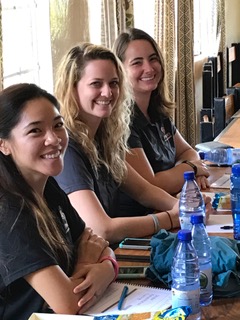

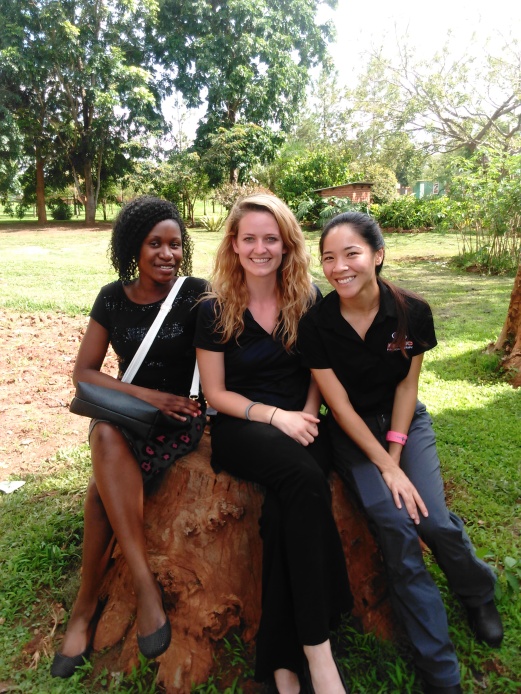


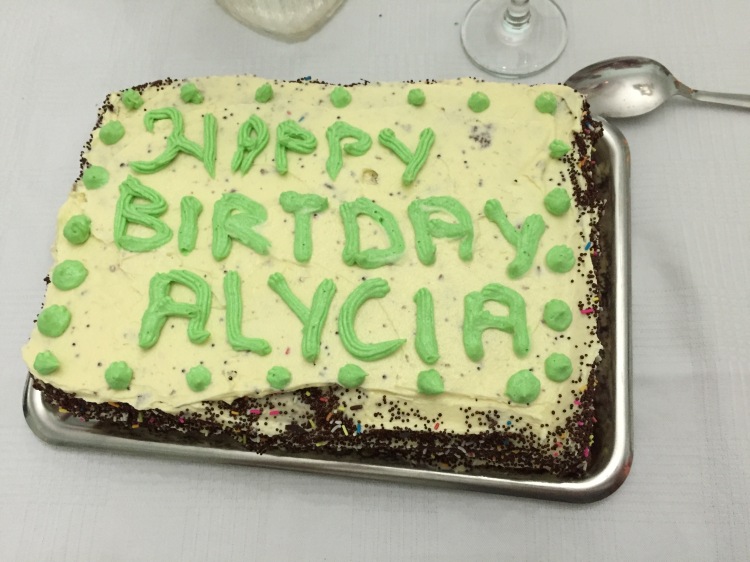
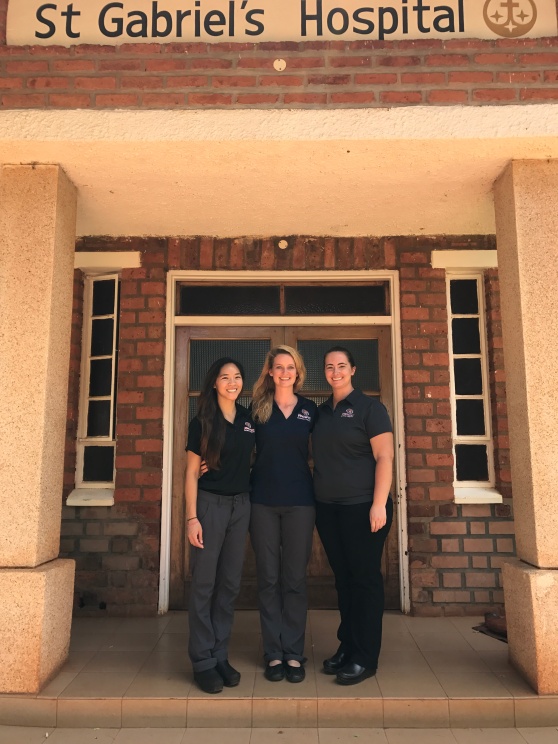





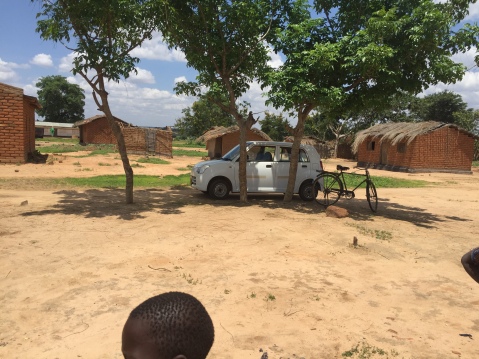

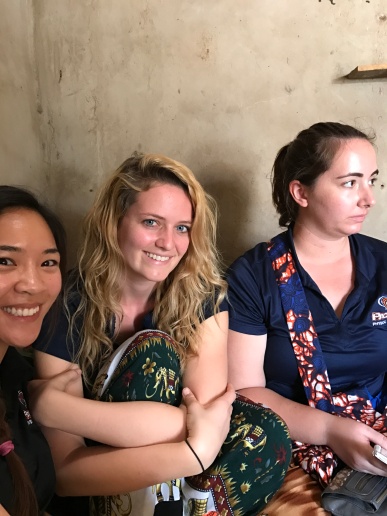
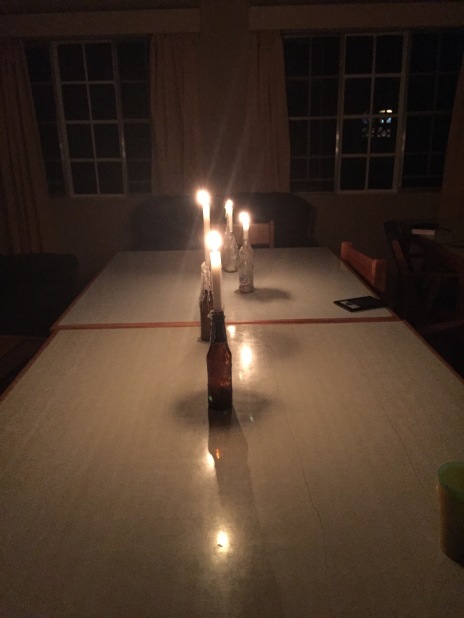
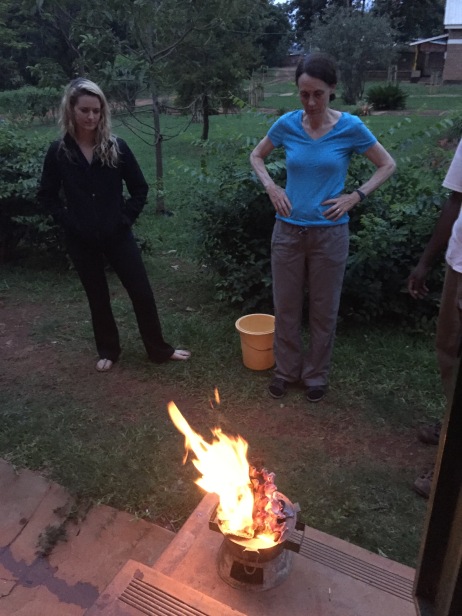

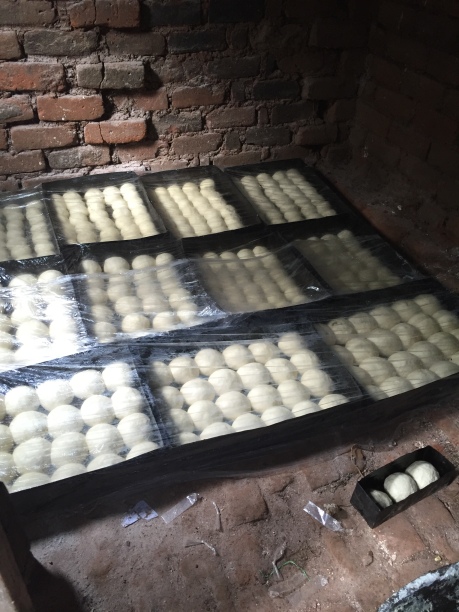
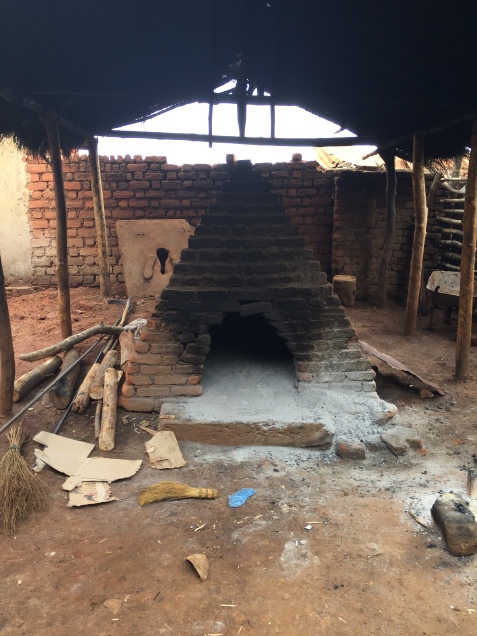



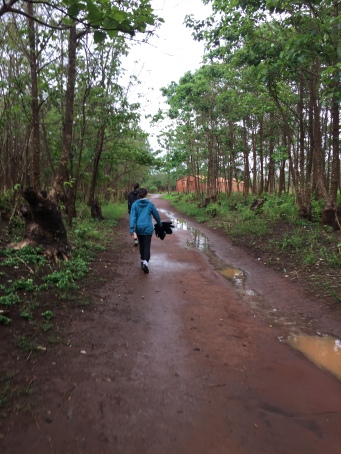







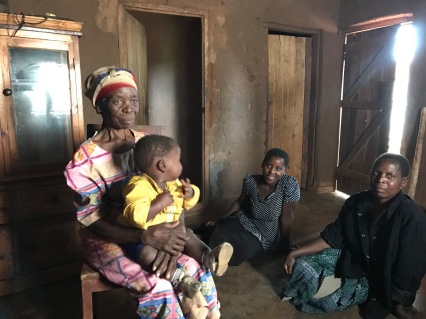

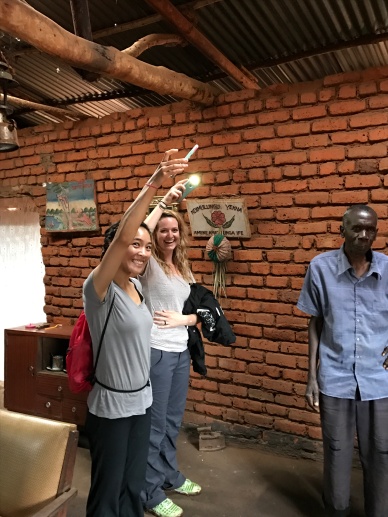
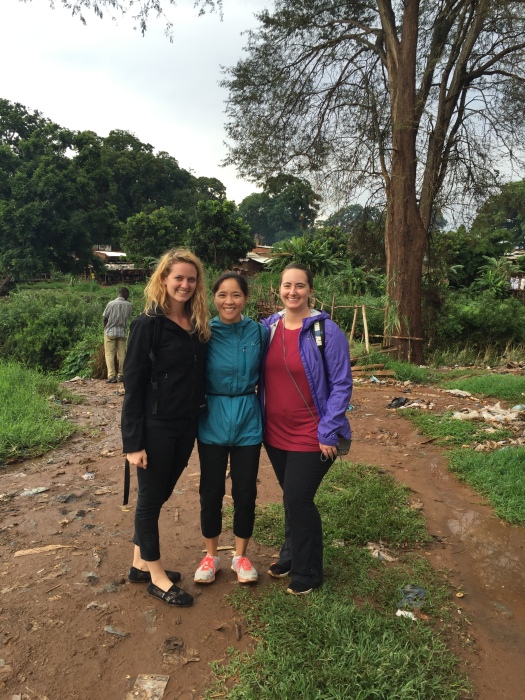 Our schedule today was one that continually evolved. It was our adventuring day. Our morning started out seeing a little baby in the hospital who was quite fearful of us as “azungus”.
Our schedule today was one that continually evolved. It was our adventuring day. Our morning started out seeing a little baby in the hospital who was quite fearful of us as “azungus”. 





